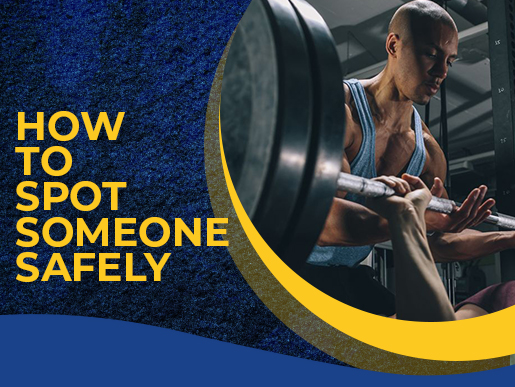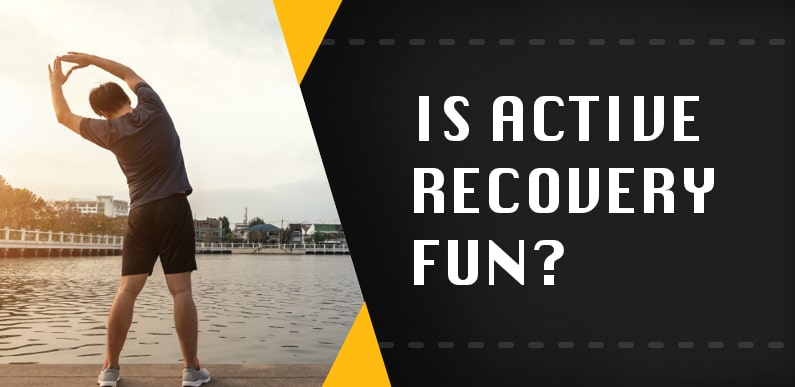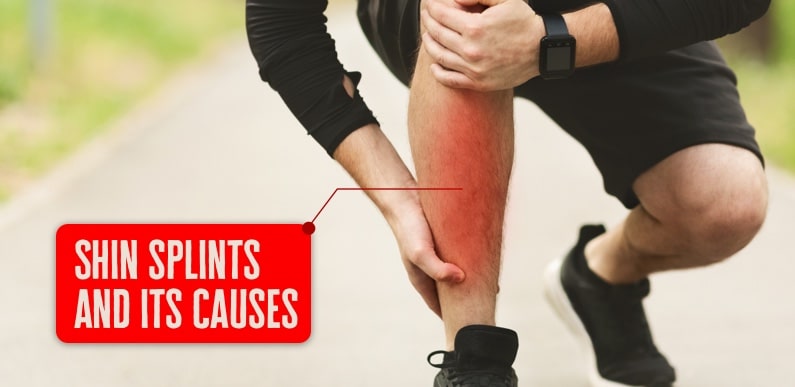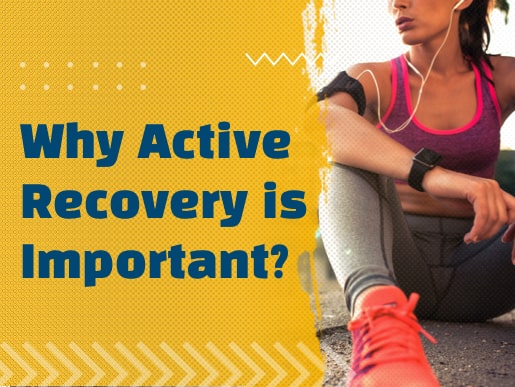To a lot of people, lifting weights seems dangerous. Moving around hundreds of pounds seems like something that would lead to injury very quickly.
However, done with proper form, lifting weights is very safe. As you lift more and more, proper form can and should be combined with a spotter to help you.
Spotters are a great way to train close to your maximum amount without fear of injury. They can motivate you, help you lift more, and help you if you need it.
Here is how to spot three of the most common exercises:
Bench press
The bench press is one of the most popular exercises that people want to push close to failure. That’s great for muscle growth but having a massive amount of weight hovering over your vital organs has its risks.
Positioning:
To get into position to spot a bench presser, stand with a firm base behind their head. Use a mixed grip with your hands in between theirs. Help them lift the bar off of the rack.
While they’re performing the movement, keep your hands off the bar unless you see trouble, or they ask for some help on a rep. When they’re done, help them rerack it.
What to look out for:
Keep your eyes peeled for a few things. If the bencher’s elbows start to flare, their core starts to move excessively, or the movement is jerky, rack it and give them some help. On their last rep, the bar will probably stop midway through the movement and go down instead of up. That’s when you jump in.
Squat
Squats are a fantastic exercise for your entire body. When done correctly, they are very safe. However, if you want to challenge yourself to reach your max, you definitely need a spotter.
Positioning:
To spot a squat, stand behind the squatter. Help stabilize them as they unrack the bar and step back. Then, get in a squat position of your own. As they squat down, follow them, and extend your arms out if they seem to be struggling. Help them lift the weight back up and rerack.
What to look out for:
Squatting a lot of weight can negatively impact your form if you aren’t careful. As a spotter, look for buckling knees, shaky cores, and bent backs. When you see those, help them lift the weight back up.
Overhead Press
The overhead press primarily works shoulders, but it also works your chest and triceps. It can be done seated or standing with dumbbells or a barbell. Many people have a hard time lifting a lot of weight with this movement, but it can still lead to injury if you’re not careful.
Positioning:
To start spotting an overhead press, stand behind the lifter. Help them get the weight into position slightly above the chest. Make sure their arms stay at about a 45-degree angle through the entire movement. Keep your hands close to their wrists to make sure their shoulders don’t slip back.
What to look out for:
Again, watch for shaky movements. If you see them struggle, help at the wrists instead of the elbow. You don’t want the elbow to buckle. Make sure the weights do not come behind the head. If they come too far back, they could potentially dislocate shoulders. If they’re using a barbell, help them rerack it. If dumbbells, help them safely get the weight back to their thighs or the ground.






